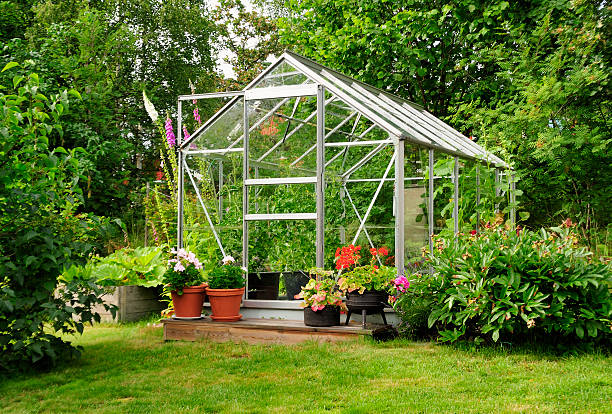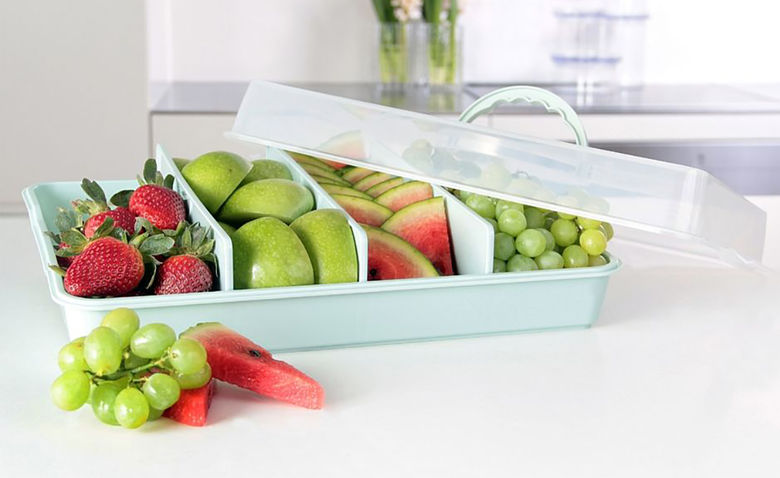Nowadays we have a wide range of greenhouses of different sizes and designs. In the shops, we find not only easily reconstructable models but also expensive, complex designs. We give advice on the different possibilities.
Having your own greenhouse offers you a new and exciting area of gardening. You no longer have to worry about extreme weather conditions for your garden under glass. In your greenhouse, you can organize the amount of water your plants need yourself.

Which greenhouse model?
Many greenhouses are glazed to the ground. This is a great advantage because a lot of sunlight gets in, and the light is better stored and used in glass greenhouses. This way, more plants can benefit from the heat and thrive better and faster. A wide variety of plants can be grown in a greenhouse made of glass, such as tomatoes, cucumbers, and indoor plants.
Greenhouse planning
If you want to buy a small greenhouse and set it up in your garden, you should make sure that you don’t break any regulations. For example, it is important for a tenant to obtain the consent of the homeowner. If you move, you can of course take the greenhouse with you. You do not need a building permit to construct a greenhouse. You only have to take into account the minimum distance to the neighboring garden.
Before that, you also need to think about the foundation of your prospective greenhouse. You can use old railway sleepers or lay a concrete foundation on which the greenhouse will later stand freely or be bolted. A path made of concrete, stone slabs, or bricks in the greenhouse is useful and practical at the same time. On the one hand, this gives you dry feet and, on the other hand, you can work more cleanly.
Location of the greenhouse
Freestanding and rectangular greenhouses make the best use of sunlight when one long side faces south. If your greenhouse is only glass on one side, you should attach the glass side to the south. In this way, you ensure that as much light and sun as possible are stored in winter.

Racks in it should always be on the north side. A house wall to the east or west of the garden would be advantageous, as this would give the plants in the greenhouse both light and shade. If it faces north, it will be very shady and would only do well with pot and house plants (primrose, cyclamen, slipper flower). A house wall facing south can get very hot in summer. If you don’t have prospects for shading, you should choose sun-loving plants.


